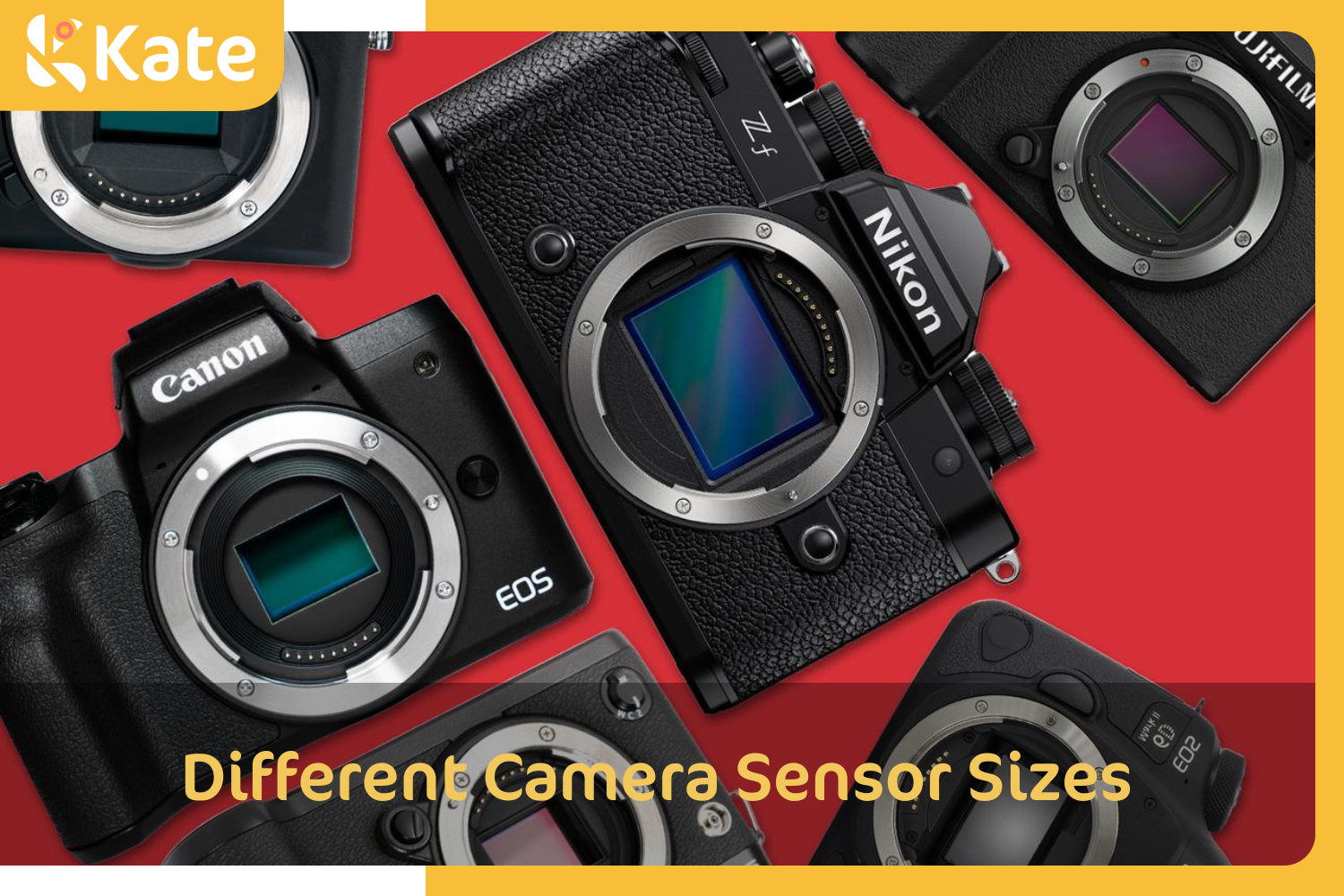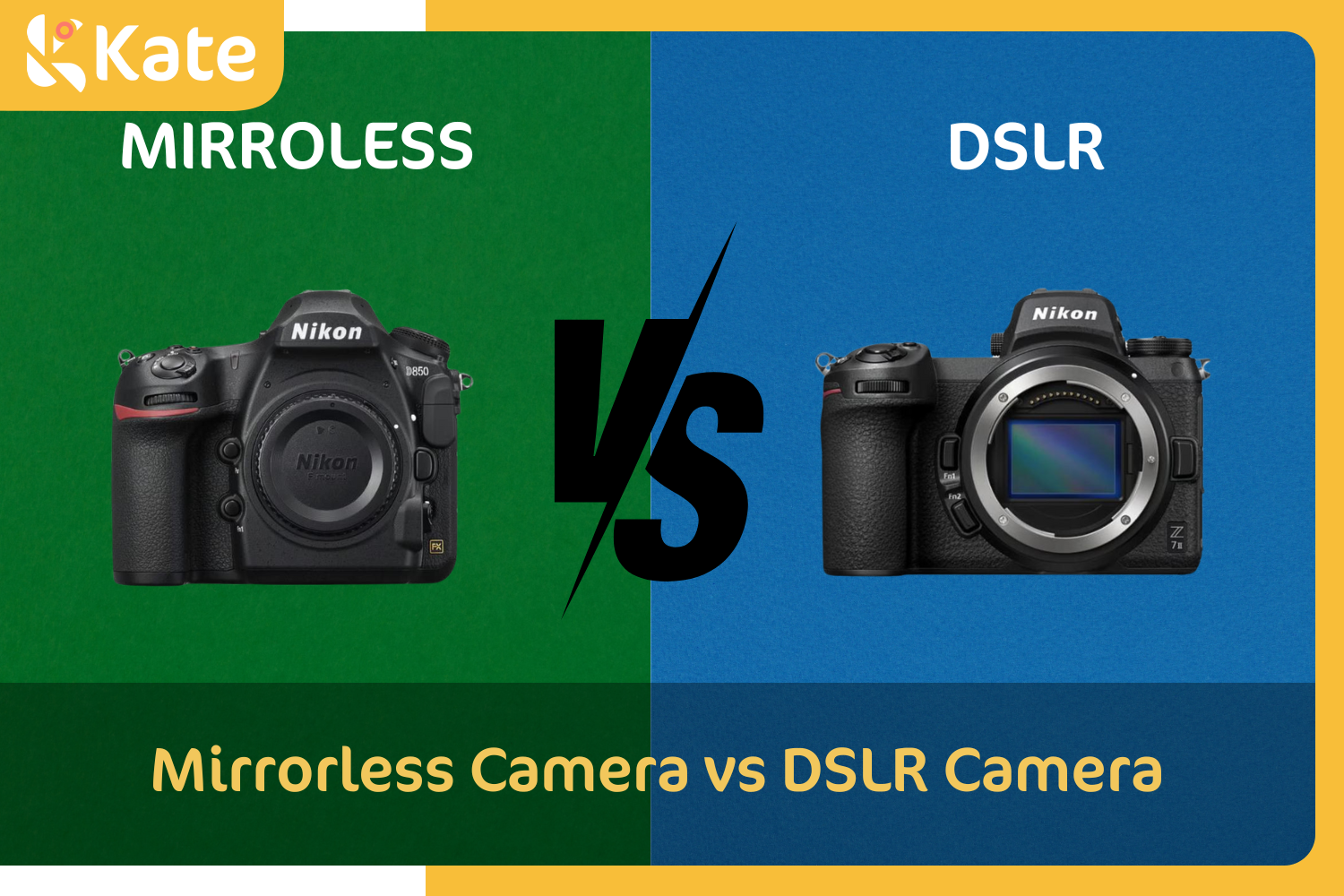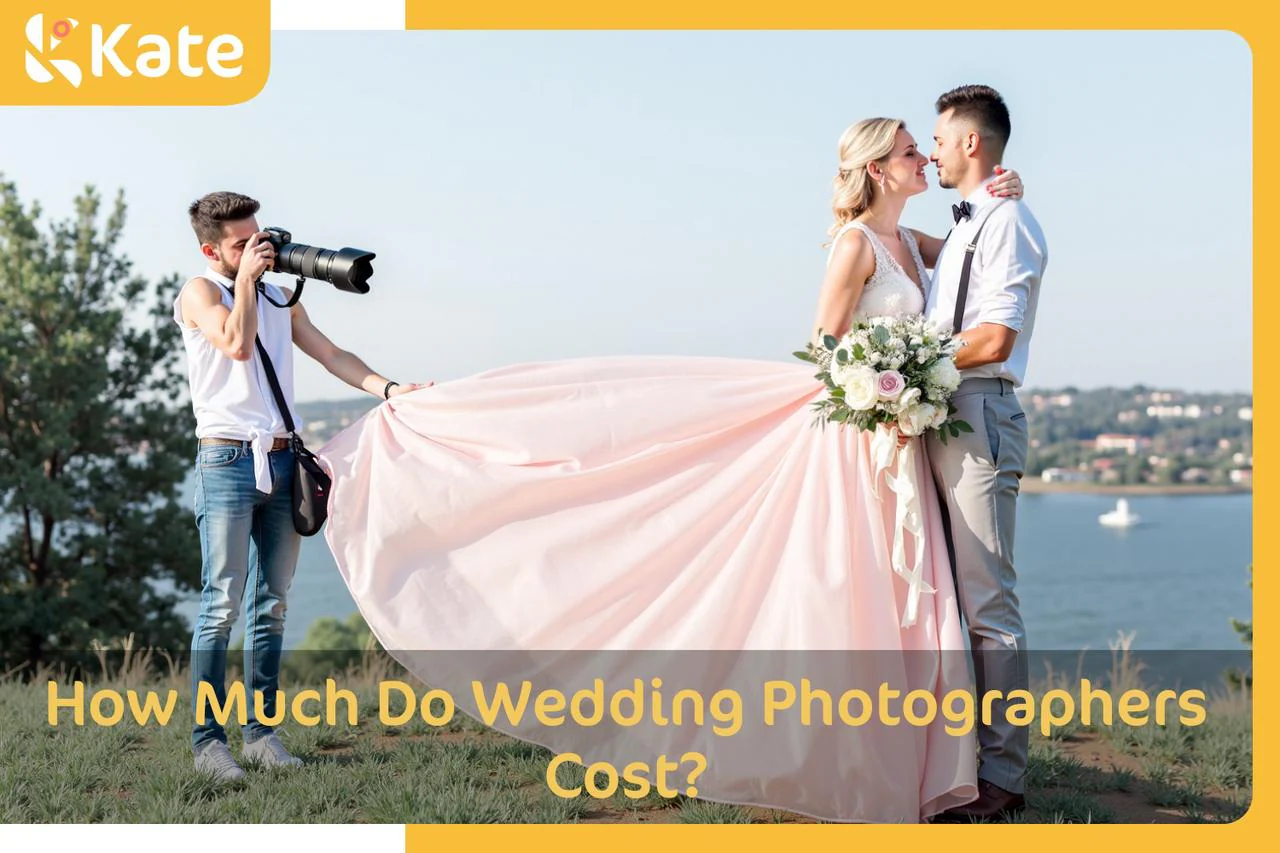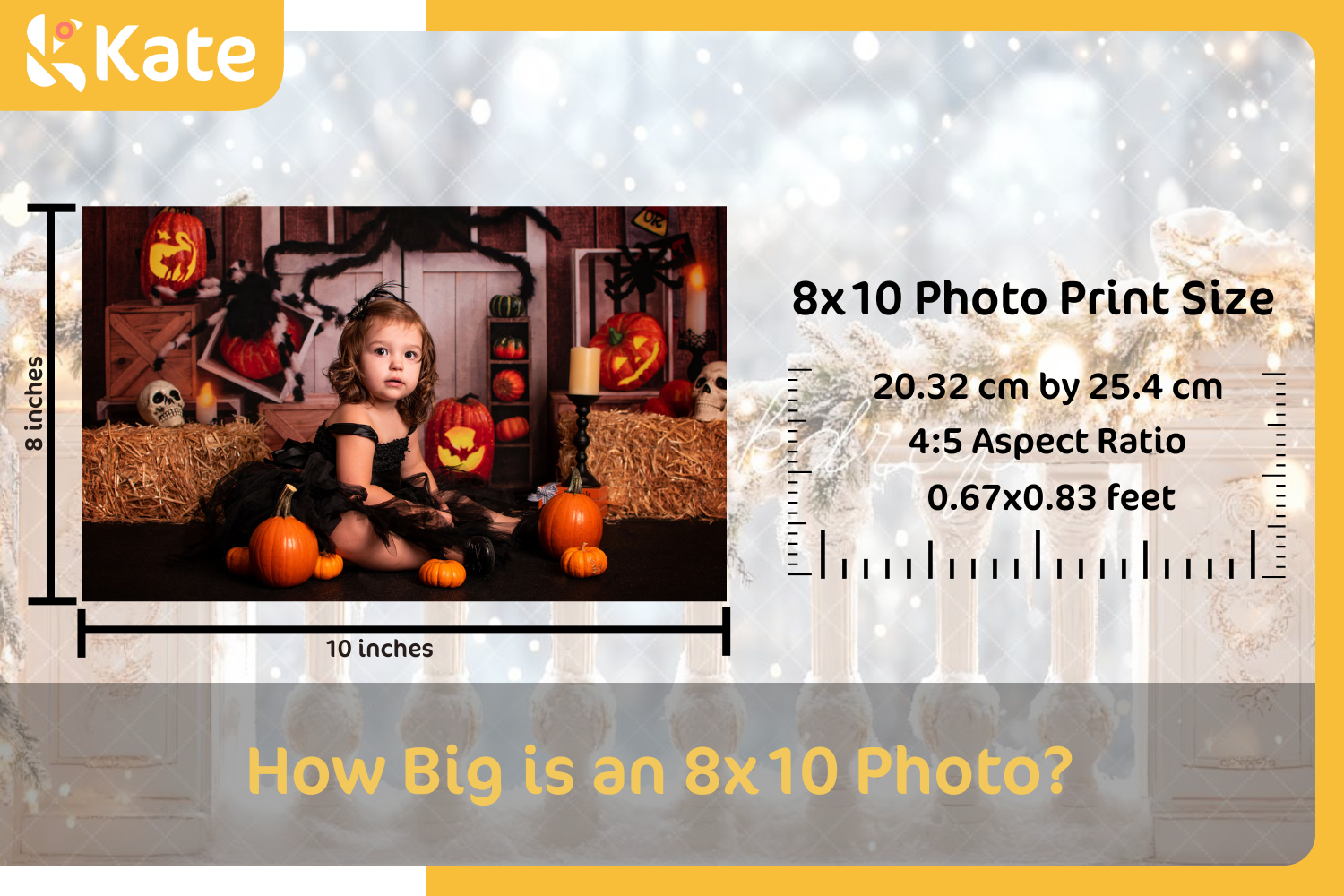Different Camera Sensor Sizes

Camera sensor sizes include standard 35mm full-frame sensors. Medium format sensors are larger and offer better image quality at a higher cost. There are several sensor sizes smaller than full-frame sensors. They are known as crop sensors. The most common are APS-C sensors, but there are smaller crop sensor sizes too.
Here are the most common sensor sizes, their pros and cons, and top camera models with that sensor size. Finally, you’ll discover which sensor size is best for your purposes when shopping for a new camera.
|
Sensor Size |
Description |
Uses - Types of Photography |
|
35mm Full Frame Sensors |
36m x 24mm for use in 35mm cameras |
Portrait, Landscape, Macro, Product, Street, Wildlife, Night |
|
APS-C Sensors |
Typically 25.1mm x 16.7mm |
Wildlife, Sports, Street, Travel, Portrait |
|
MFT Micro Four Thirds Sensors |
Approximately 17mm x 13mm |
Wildlife, Street, Sports |
|
1-inch Sensors |
Approximately 13.2mm x 8.8mm |
Street, Wildlife, Travel, Sports |
|
Medium Format Sensors |
Approximately 43.8mm x 32.9mm |
Landscape, Portrait, Product, Fashion, Fine Art |
What is Camera Sensor Size?
A camera’s sensor size refers to the dimensions of the image sensor within the camera body. Sensor size is important because the sensor is the part of the camera that captures light entering through the aperture. The camera sensor then converts the light it receives to digital data, a digital image. In that respect, the camera sensor serves the same purpose as film in a film camera.
Common camera sensor sizes are:
- Full-frame sensors in 35mm cameras, which are typically 36mm x 24mm, the same size as a 35mm film frame.
- APS-C sensors, which are sensors smaller than 36mm x 24mm, typically about 25.1mm x 16.7mm depending on the model. These camera sensors are also called crop sensors due to their reduced or cropped size.
- Micro four thirds sensors, also called MFT and micro 4/3 sensors. Sensor size is approximately 17mm x 13mm, or close to a 4/3 ratio for simplicity.
- 1-inch sensors are approximately 13.2mm x 8.8mm with a diagonal of about 16mm.
- Medium format sensors: The sensor size in medium format cameras is approximately 70% larger than sensors in full-frame cameras, producing higher resolution and excellent depth of field capabilities with a wider field of view.

What Differences Does Sensor Size Make?
Sensor size has a significant impact on several key elements of the images produced.
The field of view is wider with large sensors and cropped on smaller sensors, which has the effect of increasing the focal length. Most APS-C sensors from Nikon, Pentax and Sony have a crop factor of 1.5, and Canon models have a factor of 1.6.
Larger sensors capture more light and provide more data when shooting RAW. The result is better image quality in all lighting conditions including in dim light. The improved performance includes less noise, sharper detail and superior color.
Thirdly, larger sensors allow for shallower depth of field and the ability to add bokeh, if you want to isolate the subject in front of soft background blur. On the other hand, smaller sensors produce greater depth of field at equivalent focal lengths and aperture settings. This provides sharper focus through more of the scene from front to back.
Finally, the larger the sensor, the better its dynamic range.

Full-Frame (35mm) Sensors
Full-frame sensors are the choice of devoted hobby photographers and professionals. This is due to their superior image quality and performance in all lighting conditions. Full-frame sensors are common in better DSLR cameras and many mirrorless cameras. They are sized specifically for 35mm cameras to match the size of a 36mm x 24mm film frame, and hence they are called “full frame” sensors.
The advantages of full-frame sensors are:
- Better image quality including light gathering and low-light performance.
- Higher resolution due to having more pixels.
- Greater dynamic range for better details in the highlighted and shadow areas of an image.
- The capability of shallower depth of field, which allows for bokeh in portrait photography, product photography, macro photography, etc.
- A wider field of view vs crop sensors is a useful feature for landscape photography, architectural photography and street photography.
A few disadvantages of full-frame sensor cameras are:
- The cost of a full-frame camera is higher than the cost of cameras with other sensor sizes. And so are the lenses designed for full-frame sensor cameras.
- The depth of field isn’t as deep as available with some camera sensors.
- The wider field of view has a shorter reach, and this is a disadvantage for outdoor photography including sports and wildlife photography.

Top full frame camera models include these:
- Canon EOS R5: This is a top-of-the-line mirrorless camera with a 45MP sensor that provides excellent image quality and is loaded with professional features.
- Sony A7 IV: Photographers choose this Sony mirrorless camera for still shots and video. It delivers exceptional image quality with superior autofocus features.
- Canon EOS 5D Mark IV: This pro-grade DSLR camera has a proven record of high-resolution photos and advanced features. This Canon 35mm camera is used for portrait photography, landscape photography and wedding photos.
- The Nikon D850 is another DSLR to consider, while the Nikon Z7 Isaiah and Sony A7R V are two additional mirrorless cameras worth a look.
When to Choose a Camera with a Full Frame Sensor
Choose a camera with a full-frame sensor when the cost is in the budget and you want to shoot with a camera style that the pros use.
On the technical side of the equation, choose a full frame camera when you want the best image detail and focus sharpness, often shoot in poor-lighting conditions, want higher dynamic range for landscape/portrait/HDR photography, and like the option of shooting with a shallow depth of field for artistic isolation of your subject.
APS-C Camera Sensors
APS-C sensors are the most popular of the crop sensor sizes of less than full frame size.
Advantages of APS-C sensors are:
- They are more affordable than cameras with full-frame sensors.
- The cameras are lighter and more compact.
- The crop factor of 1.5 or 1.6 gives them longer reach – increasing the effective focal length, which is a benefit for portrait photography and shooting sports or wildlife.
- The smaller sensor size makes autofocus faster.
Disadvantages of APS-C sensors are:
- The image size is smaller due to the smaller sensor surface.
- The sensor gathers less light than a full-frame sensor, leading to reduced image quality in poor light.
- A shallow depth of field is less possible, so artistic blur/bokeh isn’t as easy to produce.

A few top cameras with APS-C sensors are:
- Canon EOS R7: This is a mirrorless camera with high-speed continuous shooting, quick and accurate autofocus and image stabilization. It’s a good choice for wildlife, street and other action photography types.
- Canon EOS 90D: This DSLR camera offers flexibility in a range of photography types. It is fast, and the image quality is among the best using the high-resolution APS-C sensor.
Other quality APS-C sensor cameras are the mirrorless Sony A6400, Fujifilm X-T5 and the Nikon Z50.
When to Choose a Camera with an APS-C Sensor
Photographers choose a camera with this size crop sensor when they want a camera that is light, compact and speedy. That makes it a good choice for travel, leisure and street photography.
If you want the 1.5x or 1.6x effective focal length of the crop sensor, these cameras are a great choice for outdoor photography, sports photography and wildlife photography.
Additionally, the lower cost makes them a good first camera or entry-level option for hobbyists learning photography.
Micro Four Thirds Camera Sensors
Micro four thirds cameras, or MFT cameras, are mirrorless cameras produced by Panasonic and Olympus. They have a 2x crop factor, which means they have an effective field of view equivalent to two times the camera’s focal length.
Advantages of micro four thirds camera sensors are:
- The 2x crop factor provides longer “reach,” ideal for long-range shots in sports, street and wildlife photography.
- MFT cameras and lenses cost less than full-frame equipment.
- These cameras are compact and light.
- A good selection of lenses is available including wide-angle, telephoto, fisheye and macro.
- Micro four thirds cameras have fast autofocus, good for live-action photography.
- Most units include image stabilization technology to reduce the impact of shake.
Disadvantages of MFT camera sensors are:
- The small sensor size leads to poor low-light performance and dynamic range.
- Due to less light collection, higher ISO has to be used in many situations, which leads to image noise.
- It is difficult to achieve a shallow depth of field/bokeh with MFT sensors.

Top micro four thirds cameras are:
- Olympus OM-D E-M1 Mark III: This compact, easy-to-carry mirrorless camera is professional quality throughout and known for its speed, robust build and image stabilization. It’s ideal for street photography and all action photography genres.
- Panasonic Lumix G9: This professional-level mirrorless camera offers fast autofocus, premium continuous shooting performance, and excellent image quality. It is a popular choice among action, sports, street and wildlife photographers.
You might also like the Panasonic Lumix GH6 or Olympus OM-D E-M5 Mark III.
When to Choose a Camera with a Micro 4/3 Sensor
MFT cameras excel at speedy autofocus enabling fast and continuous shooting. They offer excellent resolution and internal image stabilization. Micro four thirds cameras are a great option whenever you photograph moving subjects – sports, wildlife, street, etc.
1-Inch Camera Sensors
1-inch sensor dimensions are 13.2mm x 8.8mm with a diagonal of about 16mm. None of that equals 1 inch, which is 25.4mm. The name is outdated – derived from the diameter of vidicon tubes in TV cameras.
Cameras with 1-inch sensors are high-end compact models great for everyday photography.
Advantages of 1-inch sensors are:
- They gather more light in low-light conditions than other crop sensors. You can use a lower ISO for less noise.
- Detail is excellent.
- These are lightweight, portable cameras.
- Most lenses include zoom capabilities.
- Shallower depth of field and bokeh are possible compared to micro 4/3 and APS-C sensors.
Disadvantages of 1-inch sensors are:
- Most come with fixed lenses.
- These can be expensive cameras with the cost of some models exceeding $1,200.
- Low-light performance isn’t as good as you get with full-frame sensors.
- Resolution and dynamic range aren’t as good either.

Two outstanding cameras with 1-inch sensors are:
- Sony Cybershot RX100 VII: This is one of the best compact cameras known for fast autofocus and a zoom lens. It’s a great choice for street, travel, sports and action photography.
- Canon PowerShot G7 X Mark III: This is a premium point-and-shoot camera. Image resolution is very good. It’s equipped with a fixed zoom lens and a top choice for photos and video.
Other top 1-inch sensor cameras are the Sony ZV-1 and the Panasonic Lumix LX10/LX15.
When to Choose a Camera with a 1-inch Sensor
These are a good option when you want to pay less than for premium full-frame cameras but still want good image quality and versatility in a compact camera. And they are popular among those who shoot video as well as photos.
Medium Format Camera Sensors
These professional-grade cameras have large sensors ideal for landscape photography, product and fashion photography, fine art photography and portrait photography.
Advantages of medium format sensors are:
- 70% larger images with outstanding resolution.
- Shallower depth of field for stunning bokeh or depth depending on your shot.
- Combines attributes of a wide angle lens and a long lens in one camera.
- Outstanding versatility for all photography types.
- Professional features.
Disadvantages of medium format sensors are:
- These are expensive cameras with an average cost of $4,000 and top cost over $10,000 plus the cost of lenses.
- The cameras are larger and less portable.

Popular medium format cameras are:
- Hasselblad X1D II 50C: The 50MP sensor delivers tremendous detail, color and dynamic range. It’s more compact than competitor models. Or consider the Hasselblad X2D 100C with a 100MP sensor.
- Fujifilm GFX100S: The large 102MP sensor offers premium performance with superior detail and quality and in-body image stabilization. It’s surprisingly compact and lightweight for what it contains. The Fujifilm GFX50S II is more affordable with a 51MP sensor.
When to Choose a Camera with a Medium Format Sensor
Medium format cameras are considered specialized tools used mainly by professional photographers. If you’re a pro or a hobbyist with a large budget who wants superior image quality, then consider a medium format camera.
















 Christmas Fireplace
Christmas Fireplace



